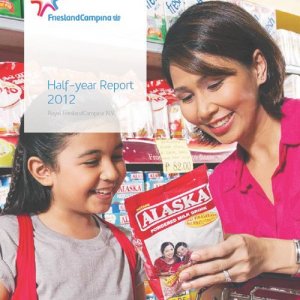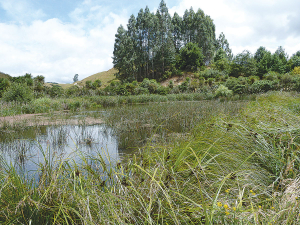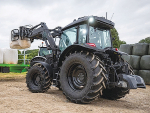“The forecast is that consumers in Europe will continue reticent in their spending due to the economic situation [so] dairy product consumption will remain under pressure.” But global consumption may rise slightly this year with demand in emerging markets.
The co-op points out that drought in the US is causing rising animal feed prices, and lagging milk production in the EU is likely to pressure worldwide milk supplies. “Small fluctuations in supply and demand on the world market can have major consequences for the price of dairy products.”
The 2015 prospect of no EU milk quota, and economic difficulties in Europe, are creating a new dynamic in the global dairy market, the co-op says. It is seeing a speeding-up of takeovers of international dairy companies – partly a reaction to the Friesland Foods-Campina merger and partly due to “parties positioning” for the end of the EU milk quota. “The markets will become even more volatile.”
FrieslandCampina’s route2020 strategy is said to be robust, a good basis for further growth and result improvement.
In the first half of 2012 the net revenue of Royal FrieslandCampina N.V. rose by 7.6% to $8 billion. Profit rose by 8.7% to $218m. Volume growth and higher sales prices, to offset the increased costs, helped revenue growth and improved the result.
In the first half of 2012 the overall volume rose by 2.4% but “strategic value drivers” grew in volume by 4.5%. Most volume growth was in the consumer and business-to-business markets for infant and toddler foods. FrieslandCampina chief executive Cees ’t Hart cites a good first half of 2012, with revenue and results up despite the difficult EU market conditions and a steep drop in prices for butter and milk powder. “Partly due to this the guaranteed price of milk from the member dairy farmers was less than in the first half of 2011.”









